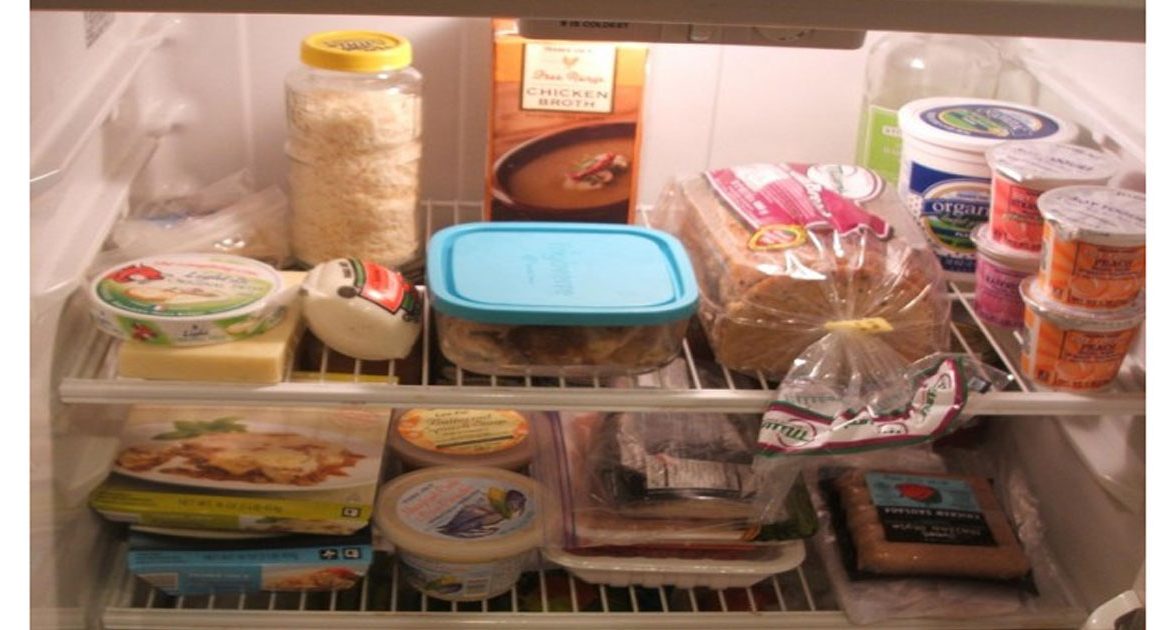Apart from providing a handy place for sticking notes and keeping your magnet collection, your fridge also provides a particularly useful service on a daily basis. For example, how often would we have to go shopping in summer if we couldn’t store our food at winter temperatures all year round? It doesn’t bear thinking about…
However, sometimes things end up in the fridge that really don’t belong there — or we store our food in such a way that it becomes mushy, brown and unappetizing. Here we outline the typical fridge mistakes that a lot of people make. There’s a lot to learn: some of these surprised us too.
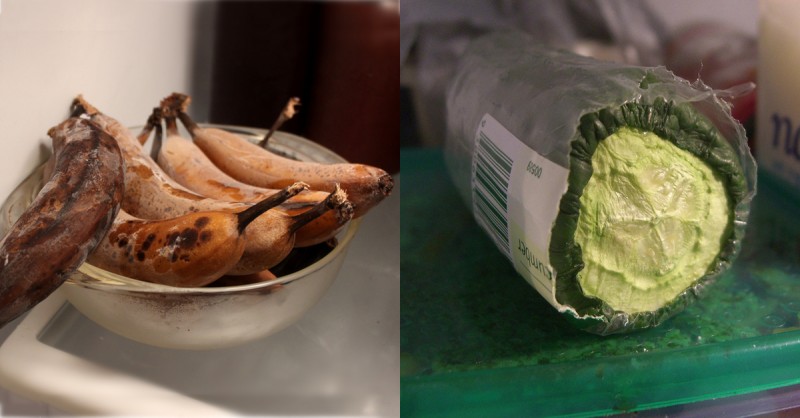
1. Tomatoes in the vegetable compartment
Just because you mean well, it doesn’t mean you’re doing the right thing. So that everything stays edible as long as possible, we often store fresh fruit and vegetables in the fridge on principal. But not all of them like the cold. Above all, tropical fruit like pineapples, bananas, oranges and lemons are literally shocked by the cooler temperatures. This leads to brown patches, mushy fruit and a moldy taste.
As well as this, vegetables with a high water content — including cucumbers, tomatoes and peppers — don’t belong in the fridge. It causes soft patches to form and the produce will lose its scent. Ideally, you should store these types of veg in the pantry or the cellar. So that they don’t try out there, you can wrap them in a damp cloth.
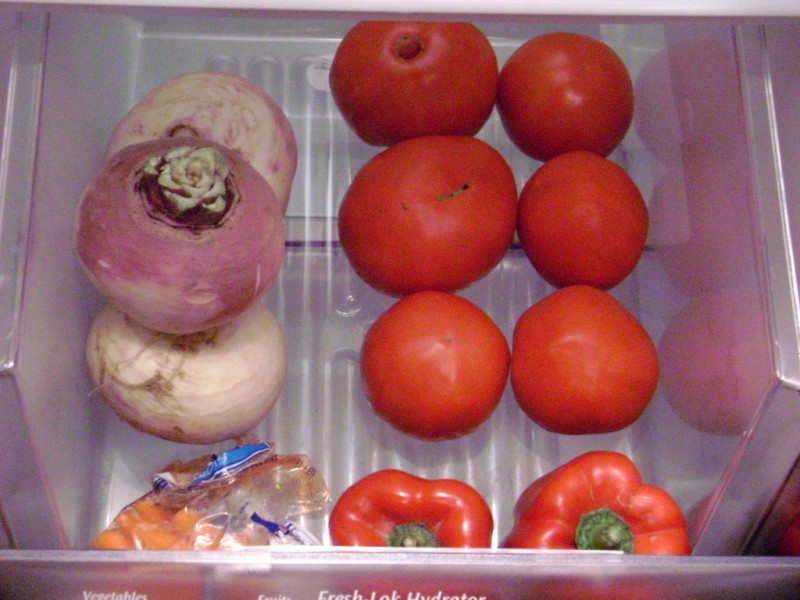
2. Meat on the top shelf
The same laws of Nature apply inside refrigerators as well as outside: warm air rises, cold air sinks. As a result, a fridge has a number of temperature zones, with the top shelf being the warmest. The differences can account for up to 10°F (7°C), depending on the refrigerator. Therefore, you should arrange your food as follows: preserves, leftovers, smoked meat, and food that doesn’t spoil so easily belong on the top shelf. In the middle, you can store milk products like yogurt, cream or cheese. Food that spoils easily, particularly meat and fish, goes on the lowest shelf. Underneath you’ll find the vegetable compartment: here is an ideal climate for salad, carrots or mushrooms. Things with a long shelf life, like drinks or butter, will feel at home in the fridge door.
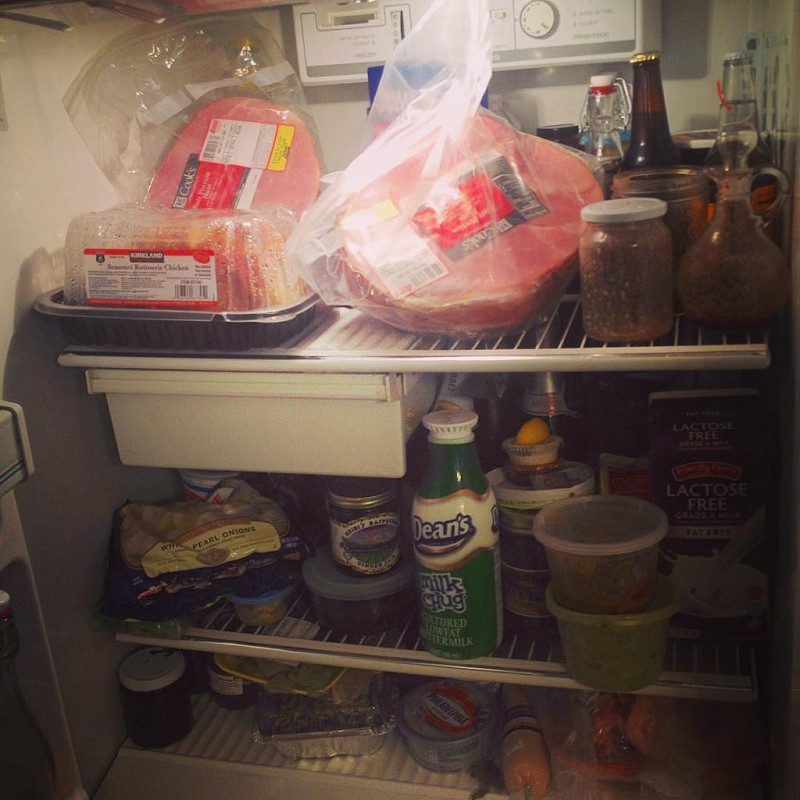
If you own a fridge which regulates its cooling airflow, of course you don’t have to worry about all that: the machine will take care of even temperatures by itself.
3. Going to the hairdresser
«You have to make sure everything stays cold until you get it home!» Sometimes you hear this warning, and wonder whether you should have brought the fridge along to the weekly shop. Of course, it’s not that bad, but as soon as the temperature in your fresh produce has risen once, bacteria start to multiply and their numbers will not be reduced by subsequent cold storage. This means side trips to the hairdresser or the post office should be done before shopping, so that your meat, cream and cheese swiftly make their way to the fridge once you’re done.
4. Too full! Too empty!
This is a problem everyone knows, not just those with large families: after your weekly shop, it takes a lot of effort to fit everything in the refrigerator. Every gap is filled. But if the fridge is too full, the air can’t circulate anymore. This means that on one hand, some products are not cooled enough, and on the other, some ice over. On top of this, it considerably increases your energy consumption!

But, the fridge shouldn’t be too empty either — every time you open the door cold air escapes and warm air rushes in. As a guide, it’s therefore advisable to have your fridge about two thirds full. A tip: anyone whose fridge is too empty rather than too full can fill up the empty space with styrofoam. Less cold air will escape and styrofoam needs almost no energy to keep it cool.
5. Smothering salad
If possible, salad should be eaten fresh. However, if you want to store it in the fridge for a few days, you should definitely free it from the plastic packaging. Water condenses on the plastic, making the salad mushy and rotten. So that the green leaves don’t lose their juiciness in the dry, refrigerated air, you can use a fork to poke air holes in the plastic as required. However, the salad will stay even fresher in a cloth that has been moistened with vinegar or lemon juice.
6. Bread in the fridge
Bread and other baked goods usually lose something in the fridge. In fact, the only time you should refrigerate them is in tropical climates where the air is so humid that you can see the water droplets forming. The rest of the time, cold refrigerator air makes bread go stale more quickly.
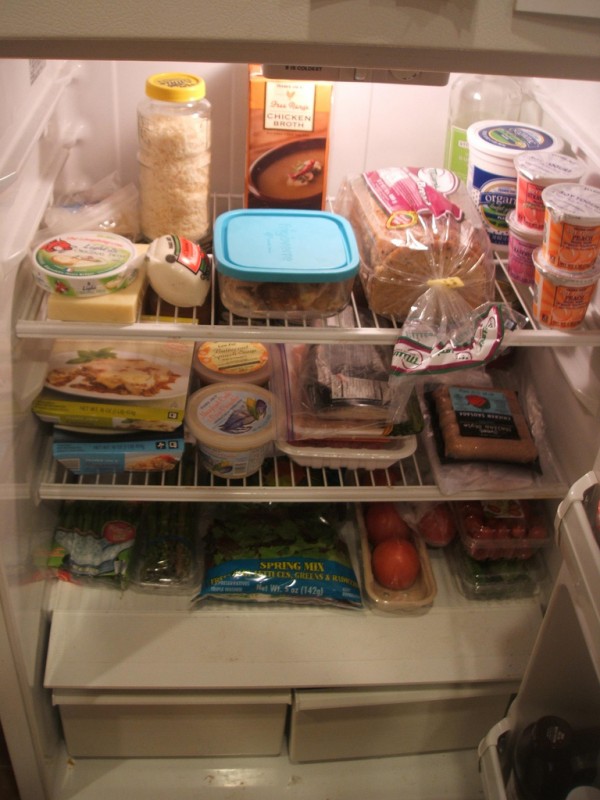
7. Red meat is fresh
Meat with a beautiful reddish color often acts as an immediate signal to consumers: this product comes fresh from the butcher. But fresh meat is not necessarily red. Well-hung beef, for instance, is dark red or brown. Meat from the supermarket has that red color because it was packed in a protected environment. Gases were pumped into the packaging to inhibit the growth of germs. But, these make the meat look fresh for longer — make it look red — even when it has long since turned tough and rancid.
8. The fridge is clean
Even when the insert trays and surfaces appear to be spotless, your fridge is a refuge for mold, bacteria and germs. People don’t often get round to regularly cleaning this essential kitchen accessory. «Regularly» here means several times a year! It’s advisable to completely switch off the fridge, store all produce in a cooler in the mean time, and use a vinegar-based cleaner and soft cloths to clean all surfaces and cracks. The vinegar cleaner will kill most germs, leaving you with completely clean cold storage!
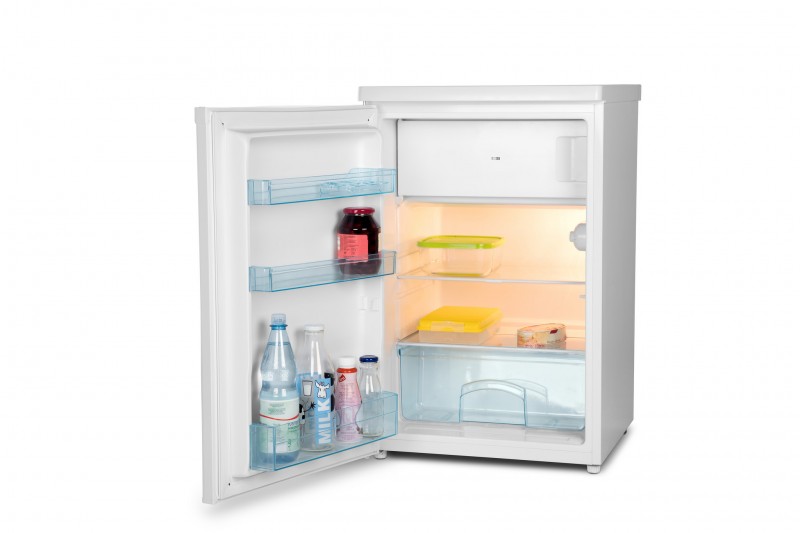
9. Eggs in the fridge door
Depending on where you get your eggs, they might be sold unwashed. This gives them a natural protective barrier for a while. Nevertheless, you should keep them in the fridge. But while inside, the shells lose this protection as a result of the condensation and the eggs become vulnerable to germs. Most refrigerators now have special slots for eggs, but when you really look at them, these spaces are unsuitable. This is because temperature fluctuations are greatest around the fridge door — which is ideal for the spread of dangerous bacteria! Ideally, you should store eggs together in their carton in the lower half of the fridge.
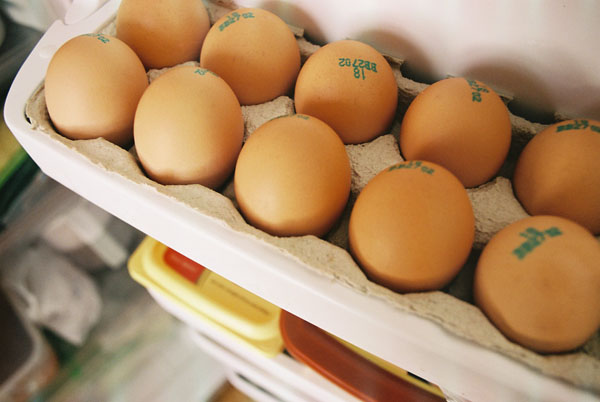
Did you know all these tips already? Then you can proudly call yourself a real household specialist. If not, now you know how to get the best out of your food!
